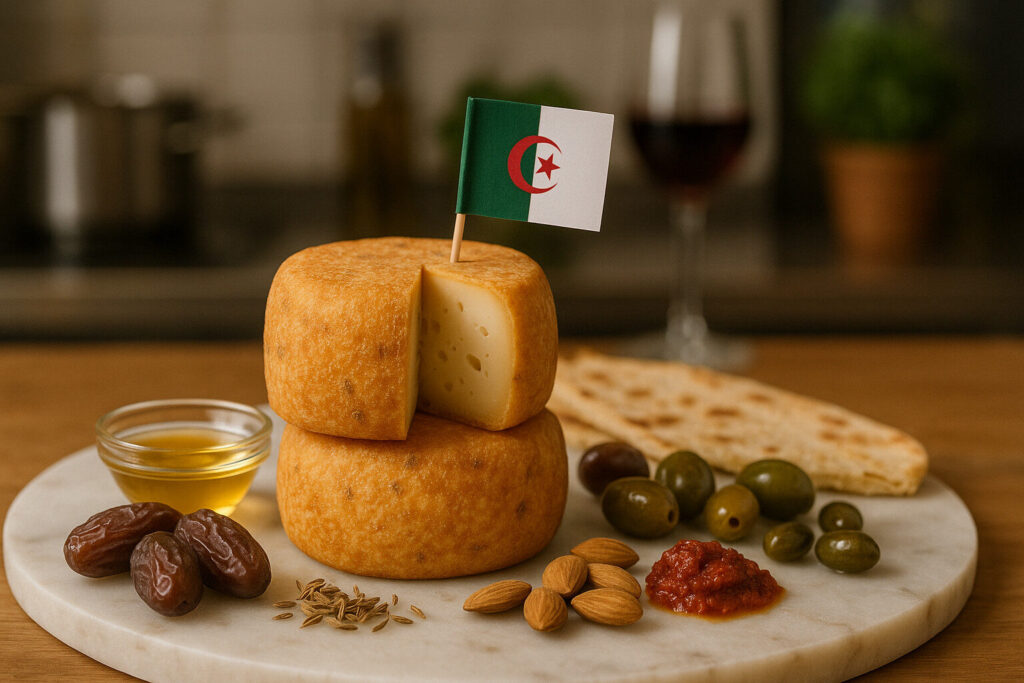Long Preservation Cheese
Definition and Scope
Long preservation cheese refers to varieties specifically designed for extended storage without spoilage. These cheeses achieve longevity through low moisture content, high salt levels, or protective rinds. The category includes aged hard cheeses, wax-coated varieties, and brine-preserved types.
This classification spans traditional farmstead cheeses and industrial products alike. Key examples range from Parmigiano-Reggiano to aged Gouda and saline Feta. Their extended shelf life historically supported seasonal milk production and long-distance trade.
Production Techniques
Manufacturers employ several methods to enhance preservation in these cheeses. Primary techniques include prolonged aging, controlled humidity environments, and salt brining. Some varieties undergo pressing to expel whey and reduce moisture content.
Additional preservation methods involve protective coatings like wax, cloth binding, or oil immersion. These barriers prevent mold growth and moisture loss. The production process often spans months or years for optimal texture development.
Sensory Profile
Long preservation cheeses typically exhibit concentrated, intense flavors due to moisture evaporation. Common characteristics include crystalline textures, pronounced saltiness, and umami richness. Their aromas range from nutty and caramelized to sharp and piquant.
The extended aging process creates complex flavor compounds through protein and fat breakdown. These cheeses often display firm, granular, or crumbly textures. Their rinds may contribute earthy or fungal notes to the overall profile.
Culinary Applications
These cheeses serve both as table cheeses and cooking ingredients due to their stability. They grate well for pasta dishes, soups, and baked preparations. Their robust flavors allow them to stand up to strong accompaniments like full-bodied wines.
In food service, their extended shelf life reduces waste and inventory turnover. They’re commonly used in grated form over dishes or shaved onto salads. Their concentrated nature means smaller portions deliver significant flavor impact.
Regional Examples
Italy produces notable long preservation cheeses like Parmigiano-Reggiano and Pecorino Romano. These traditionally aged varieties develop characteristic granular textures and complex flavors. Their production follows strict regional protocols and aging requirements.
Other European examples include Spanish Manchego and French Comté, both aged for minimum periods. Global variations include American aged Cheddar and Dutch Extra Belegen Gouda. Each region’s climate and traditions influence the specific preservation methods employed.

